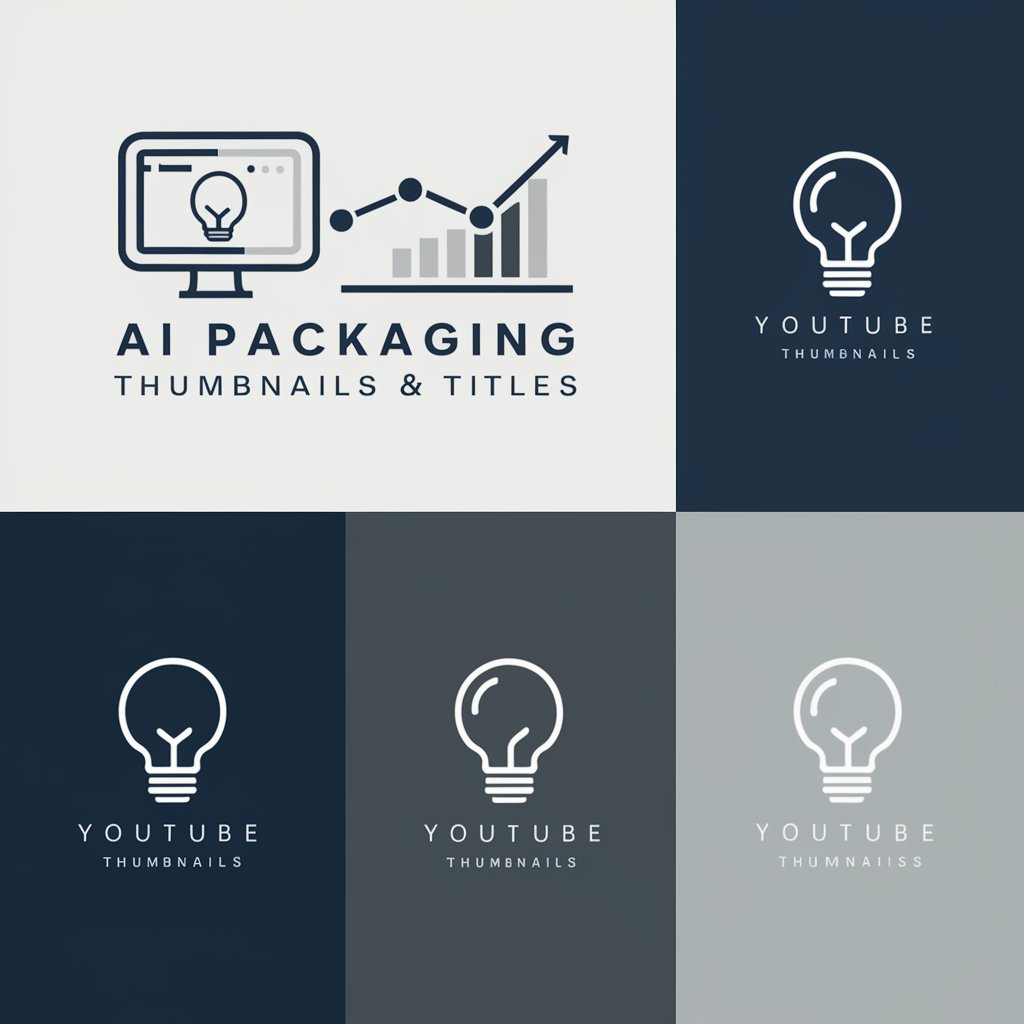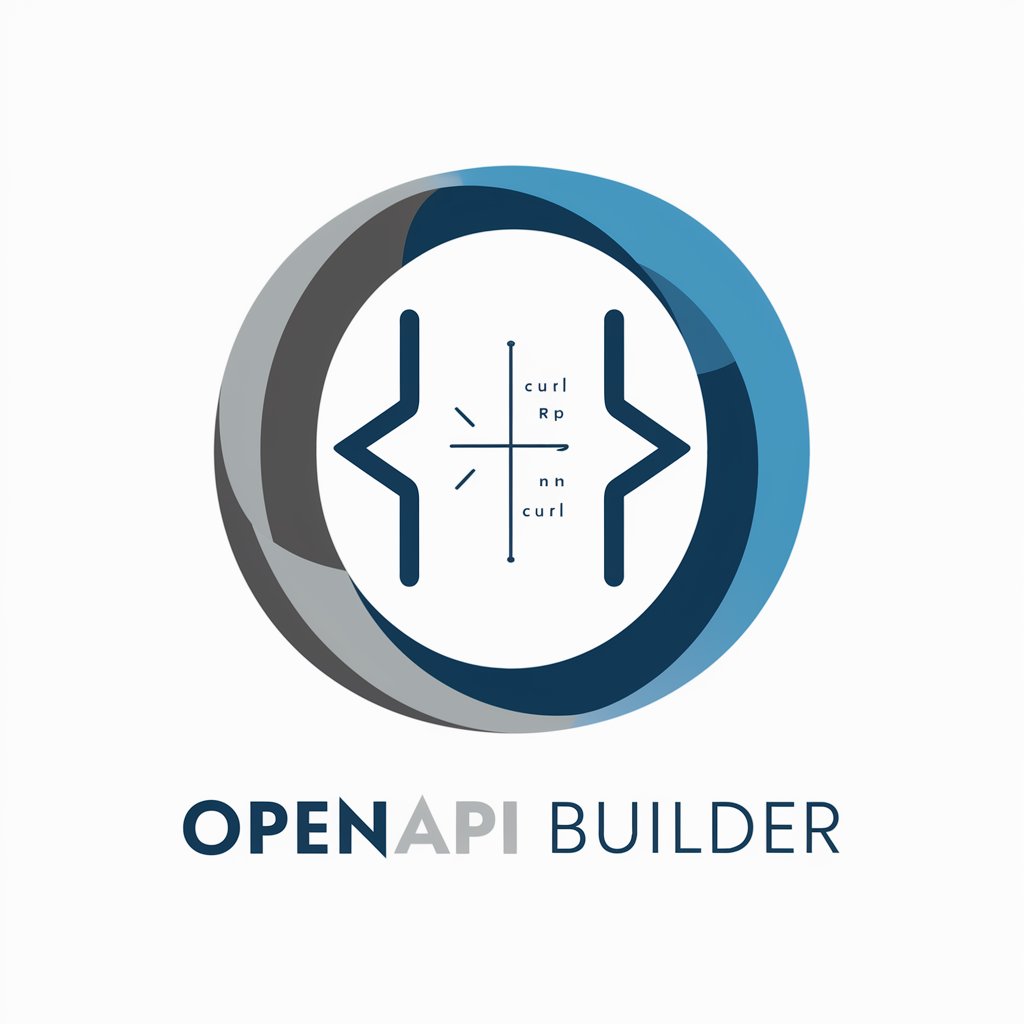iLogic - iLogic Automation Tool

Welcome to iLogic, your expert in Autodesk Inventor automation.
Automate Inventor with AI-powered iLogic
Generate a logo that represents precision and automation for a professional AI tool.
Design a modern and clean logo for an AI assistant specializing in Autodesk Inventor's iLogic.
Create a logo that conveys technical expertise and automation, suitable for a professional setting.
Develop a logo with elements of gears and blueprints, highlighting the AI's focus on mechanical design.
Get Embed Code
Introduction to iLogic
iLogic is an integral feature within Autodesk Inventor, designed to simplify and automate complex design processes. It enables users to create rules-driven designs, allowing for the automation of design tasks and the standardization of product configurations. iLogic facilitates the integration of engineering and design processes by enabling both conditional and logical operations within Inventor documents. This feature leverages Inventor parameters, assembly constraints, and part features to dynamically adjust and control designs based on predefined rules. For example, a user can create a rule that automatically adjusts the dimensions of a part when a certain parameter is changed, or that configures custom part numbers based on specific design criteria. This capability significantly reduces manual input and errors, enhances consistency across designs, and accelerates the product development cycle. Powered by ChatGPT-4o。

Main Functions of iLogic
Parameter-driven design
Example
Automatically updating the size of a storage tank based on its capacity requirement.
Scenario
In a scenario where a company manufactures storage tanks of various sizes, iLogic can be used to automatically adjust the dimensions (height, diameter) of a tank model in Inventor when the desired capacity is input by the user. This eliminates the need for manually resizing components, ensuring accuracy and saving time.
Customization and Configuration
Example
Configuring a customizable desk where parameters like height, width, and the number of drawers can be specified.
Scenario
For a furniture manufacturer offering customizable desks, iLogic can enable the creation of a single Inventor model that adapts to different customer specifications. Users can input their desired dimensions and features (e.g., number of drawers), and iLogic rules will automatically adjust the model accordingly. This simplifies the design process for custom orders and enhances customer satisfaction by providing personalized products.
Automated documentation
Example
Generating detailed part lists and assembly instructions based on the current design.
Scenario
In the production of mechanical assemblies, iLogic can automate the generation of necessary documentation such as bill of materials (BOMs) and assembly instructions. As the design changes, iLogic rules ensure that documentation is instantly updated, reflecting the current state of the design, thus maintaining consistency between the product and its documentation and reducing manual workload.
Ideal Users of iLogic
Design Engineers
Professionals involved in product design and engineering can leverage iLogic to streamline repetitive tasks, enforce standards, and ensure that design changes are consistently applied across related components, thereby improving efficiency and reducing errors.
Manufacturing Engineers
Manufacturing engineers can use iLogic to generate accurate and up-to-date manufacturing drawings and documents directly from design models, ensuring that manufacturing processes are closely aligned with design specifications.
Sales and Marketing Professionals
Sales teams can use iLogic-driven configurators to quickly generate custom solutions for clients based on predefined options, improving response times to customer inquiries and enhancing the sales process with accurate, feasible customizations.

How to Use iLogic
Start with a Free Trial
Begin by accessing a free trial at yeschat.ai, where you can try iLogic without the need for signing up or subscribing to ChatGPT Plus.
Familiarize with Inventor
Ensure you have a basic understanding of Autodesk Inventor, as iLogic is deeply integrated with this software for automating design processes.
Explore iLogic Tutorials
Utilize available tutorials or guides to understand how to create and manage iLogic rules, which are central to automating and customizing designs.
Experiment with Rules
Start creating simple iLogic rules to automate repetitive tasks or to enforce design standards. Use the sample codes as a reference point.
Join the Community
Engage with the Autodesk Inventor community to share insights, get help on complex rules, and discover new ways to utilize iLogic in your projects.
Try other advanced and practical GPTs
OpenStorytelling Plus
Craft compelling screenplays with AI.

PPT Expert
Craft Your Slides with AI Precision

Packaging Expert
Elevate Your YouTube Content with AI

Paw Pal
Empowering dog owners with AI-driven training and care insights.

Pepegen
Bringing Cartoons to Life with AI

Phoneix Ink
Empowering Your Creativity with AI

Property Manager Pro
Streamlining Property Management with AI

Chatbase Excel Expert Learning Course
Master Excel with AI-driven guidance

OpenAPI Builder
Streamlining API Design with AI

OCR-GPT
Transforming Text with AI Power

Nomad List
Empower Your Nomadic Journey with AI

Naruto GPT
Explore the Ninja World with AI

iLogic FAQs
What is iLogic?
iLogic is a feature within Autodesk Inventor that allows users to automate design processes and configure custom logic into their models using simple rules written in VB.NET.
Can iLogic generate documents automatically?
Yes, iLogic can be used to automate the generation of documents such as PDFs and DWGs, by defining rules that control the export settings based on specific criteria.
Is programming knowledge required for iLogic?
Basic programming knowledge can be beneficial, but iLogic is designed to be accessible to users without a programming background, thanks to its simple syntax and intuitive interface.
Can iLogic rules be shared across different Inventor files?
Yes, iLogic rules can be exported and shared among different Inventor files, allowing for the reuse of custom logic and automation processes across projects.
How does iLogic interact with Inventor components?
iLogic can interact with Inventor components by accessing and modifying their properties, driving parameter values, and controlling visibility, enabling dynamic and responsive design changes.
